
A new Linux release signifies progress in making the kernel faster, more reliable, and compatible with newer hardware.
As expected, a new release has arrived two months after the earlier kernel release, marking a notable milestone in Linux's development. On this, Linus Torvalds stated that:
So this was delayed by a couple of hours because of a last-minute bug
report resulting in one new feature being disabled at the eleventh
hour, but 6.15 is out there now.
Apart from that final scramble, things looked pretty normal last week.
Various random small fixes all over, with drivers as usual accounting
for most of it. But we've got some bcachefs fixes, some core
networking, and some mm fixes in there too. Nothing looks particularly
scary.
Linux Kernel 6.15: What's New?
Similar to the last one, Linux 6.15 is a non-LTS release, featuring a short support period of around 9–12 weeks before it reaches EOL status.
With this article, we will be focusing on the following changes:
- Initial Implementation of Nova
- File System Improvements
- AMD Refinements
- Intel Changes
Initial Implementation of Nova
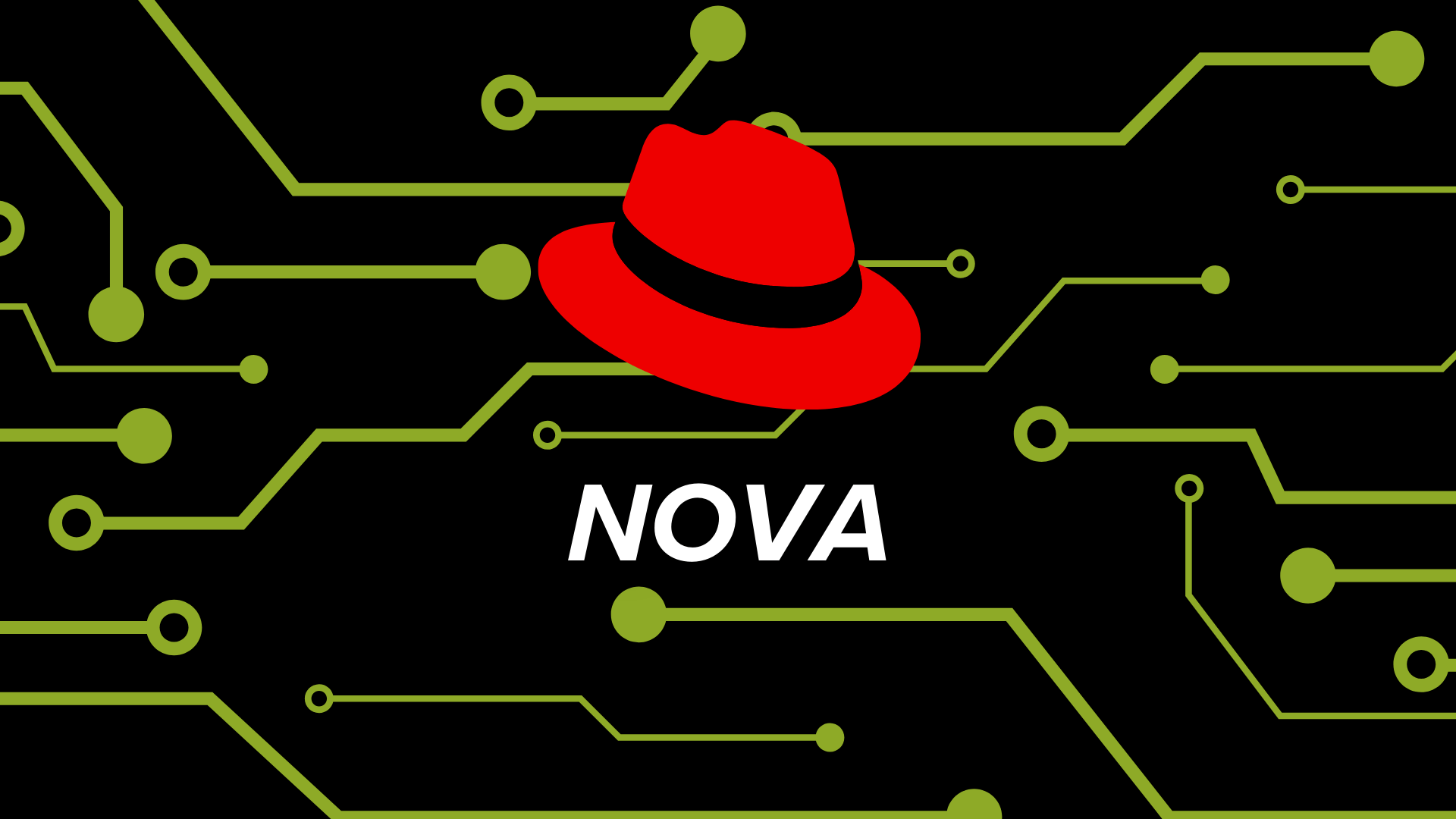
Laying the foundation, Red Hat engineers have introduced the initial patches for Nova, a new open source, Rust-based driver for newer NVIDIA GPUs.
Designed as a future replacement for nouveau, Nova follows a GSP-only approach to reduce driver complexity while aiming to support a wide range of hardware, starting with RTX 2000 series and newer.
File System Improvements
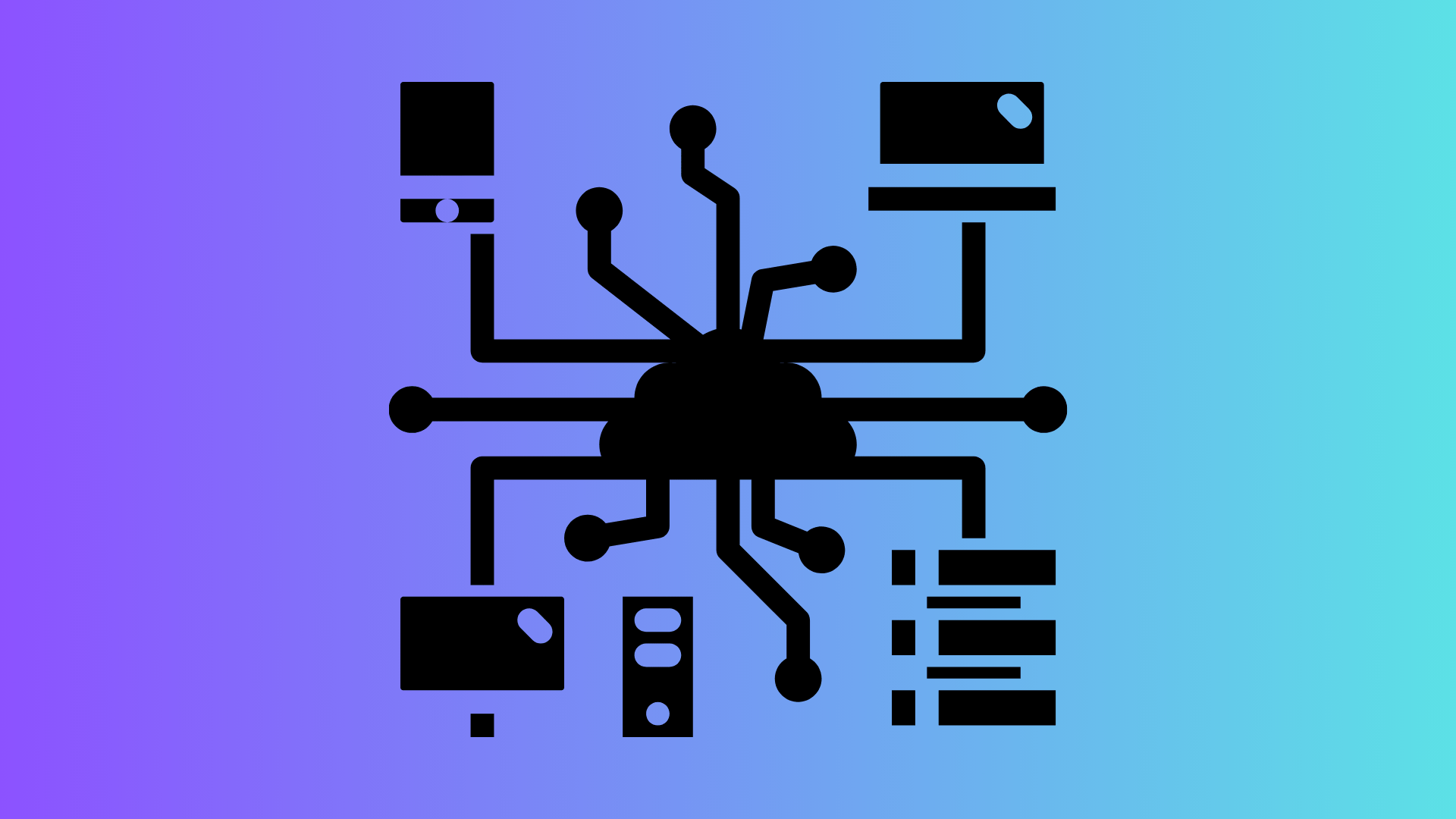
This kernel release introduces several file system improvements, starting with Btrfs now supporting fast, real-time Zstd compression, with levels ranging from -1 to -15. For exFAT, file deletion is much faster than before, resulting in a smoother and more responsive experience when removing large numbers of files.
Similarly, FUSE now lets you use much longer filenames, up to 4096 characters. There’s also early enablement work going in to support large atomic writes, which should help file systems like XFS and ext4 handle data more safely and efficiently in the future.
AMD Refinements
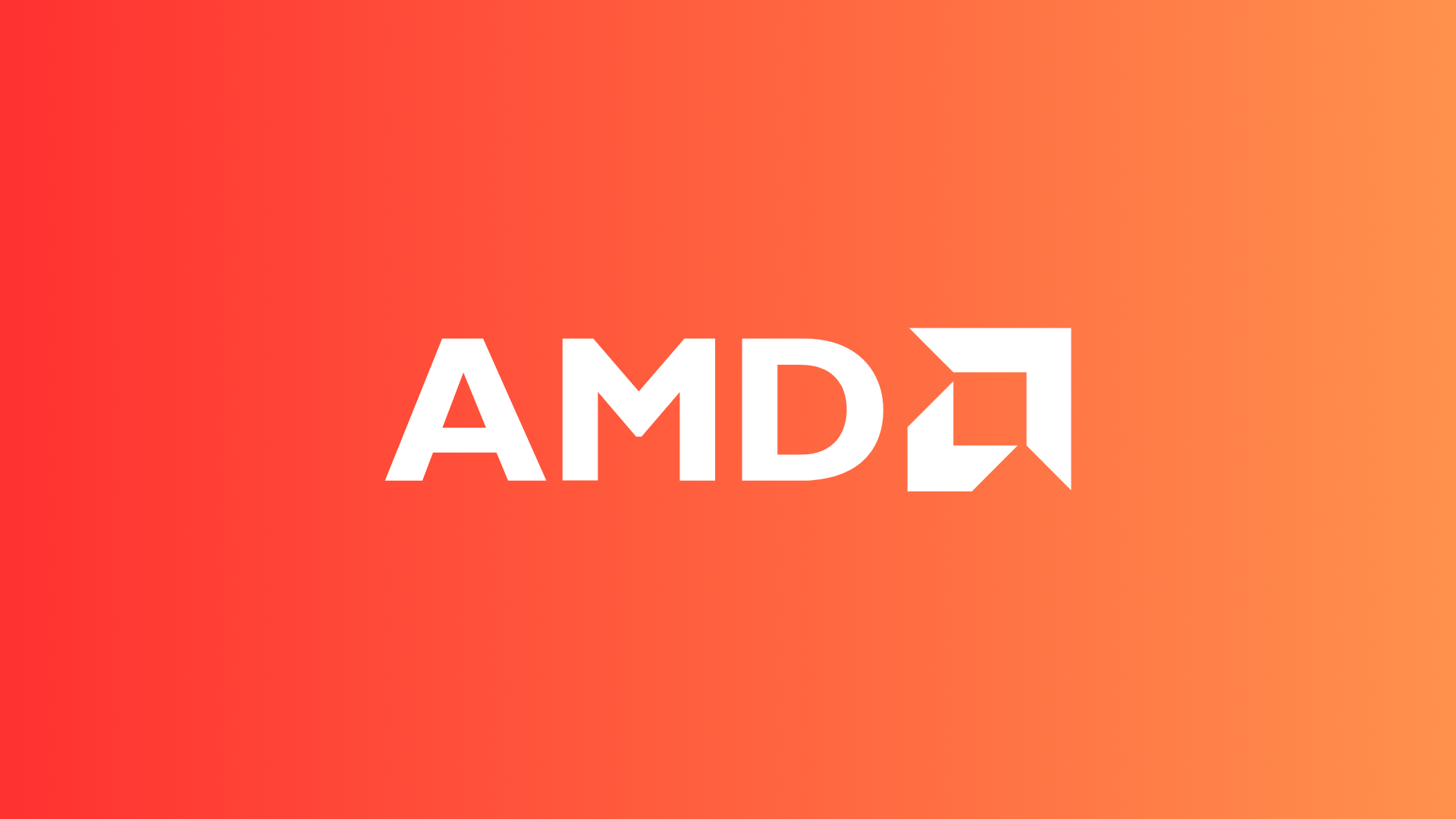
The first highlight here is support for the INVLPGB instruction, found in newer Zen CPUs. It helps speed up memory management by quickly clearing outdated memory data across CPU cores, which can improve performance in certain workloads.
The AMD P-State driver also sees upgrades, making CPU frequency scaling more efficient, resulting in better performance and lower power use. Additionally, there's foundational work for AMD's Versal NET platform, bringing early support for these hybrid SoCs.
Intel Changes
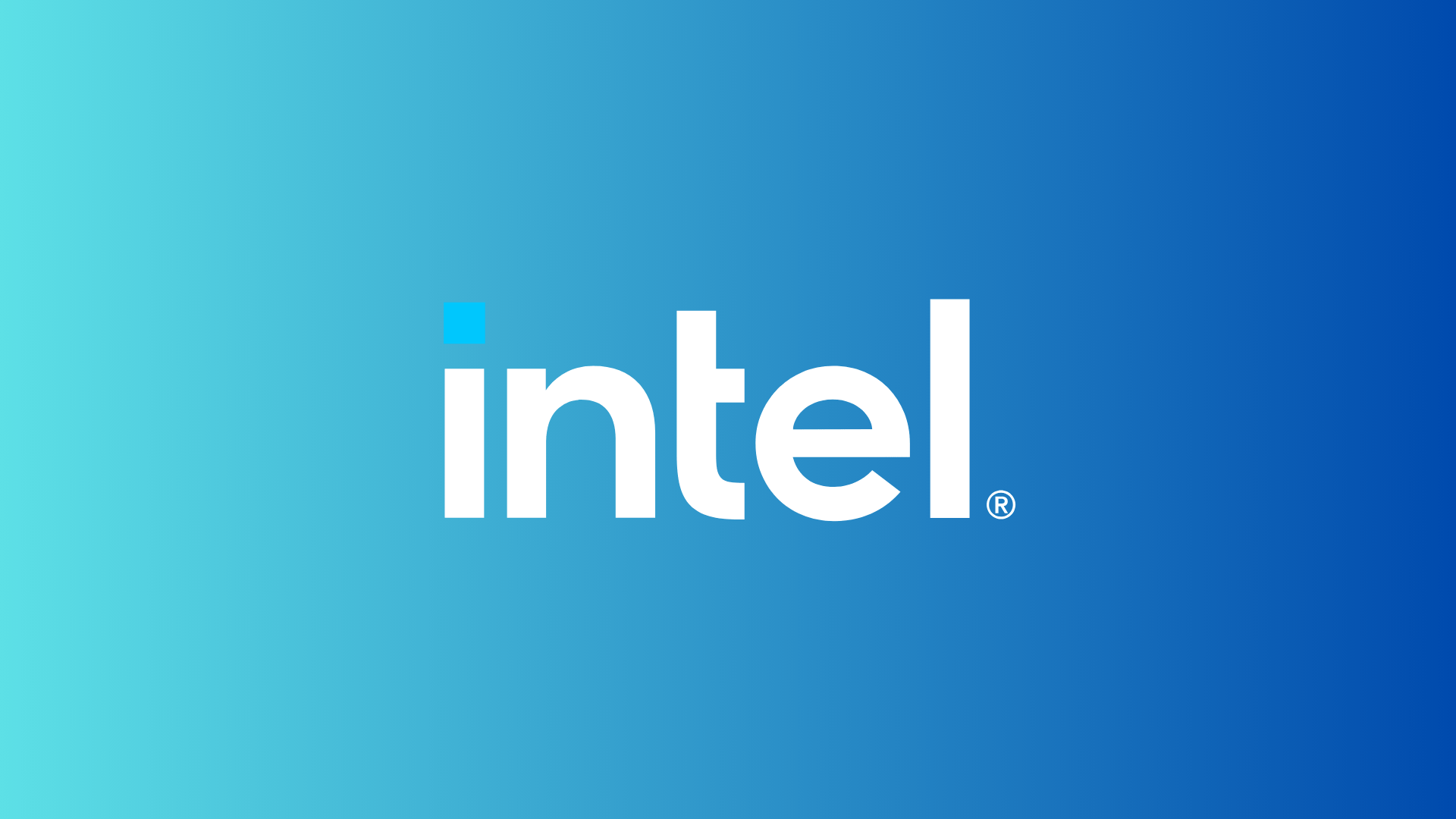
On the Intel side, Linux 6.15 adds support for Raptor Lake-S processors in the EDAC subsystem, improving memory error detection and system stability.
The Intel Xe graphics driver also gets major upgrades, including Shared Virtual Memory (SVM) for better CPU-GPU interoperation and new tools for monitoring GPU performance.
Miscellaneous Changes
We wrap this up with some other notable changes:
- Inclusion of the Intel Killer E5000 driver.
- Using the Apple Touch Bar is now possible.
- Better compatibility with Sony PlayStation 5 controllers.
- Turbostat now supports 8,192 cores, a substantial increase from the previous 1024-core limit.
- RISC-V gains support for new instructions like bfloat16, Zicbom, Zaamo, Zalrsc, Zicntr, and Zihpm.
Installing Linux Kernel 6.15
If you are up for an adventure, then you could try installing the latest mainline Linux kernel on Ubuntu manually. Of course, this comes with many risks, and we don't recommend it for new users or those who prefer a functional system that's stable.
Users of rolling release distros, Fedora, and Fedora-based derivatives will be among the first ones to get their hands on this kernel release. Others may have to wait for their distro to offer it—and even then, there's no guarantee it will arrive.
The tarball for Linux kernel 6.15 can be found in The Linux Kernel Archives.
Suggested Read 📖
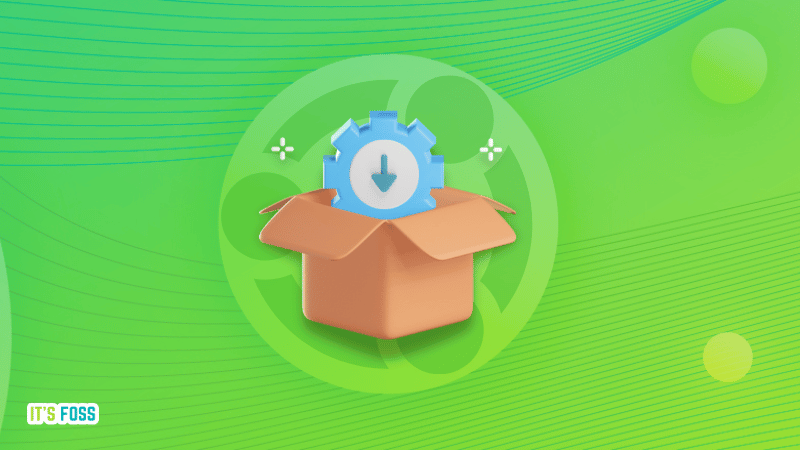
- Even the biggest players in the Linux world don't care about desktop Linux users. We do.
- We don't put informational content behind paywall. Your support keeps it open for everyone. Think of it like 'pay it forward'.
- Don't like ads? With the Plus membership, you get an ad-free reading experience.
- When millions of AI-generated content is being published daily, you read and learn from real human Linux users.
- It costs just $2 a month, less than the cost of your favorite burger.
Become a Plus Member today and join over 300 people in supporting our work.











